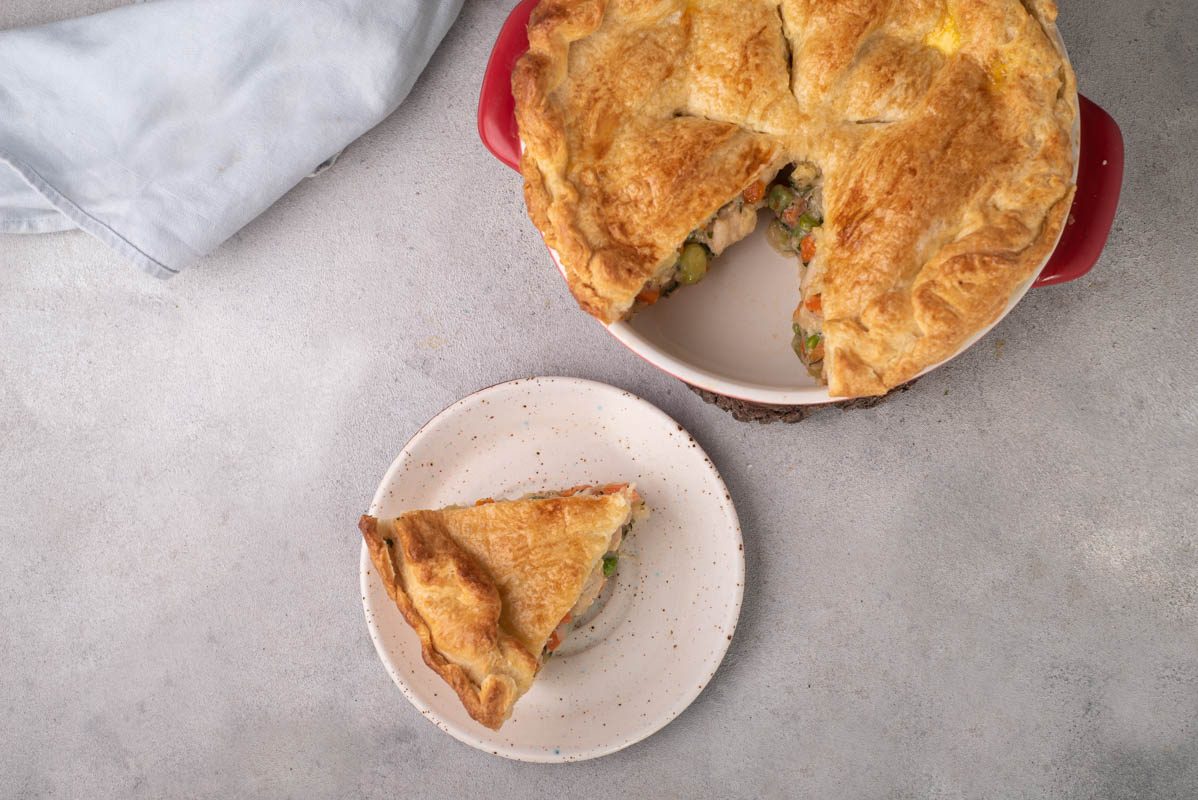How to Reheat Leftover Pasta: The 4 Best Ways to Make it Tasty Again
Do you have leftover pasta? Don't worry, you can easily reheat it as long as you know the right methods to do so without ruining it, indeed making it even more appetizing. From the pan method, the best for already seasoned pasta, to the microwave oven, here's how to reheat pasta without mistakes.
;Resize,width=742;)
Pasta is good in any way, even reheated: in fact, in some cases, it is even better the next day, provided that it is reheated to perfection. Reheating pasta without ruining it but making it just as tasty as when it was just cooked is a real art, which is why it is important to choose the right method, which depends on the time you have available and also on the type of recipe you have prepared, or rather on the type of sauce. Here are the most effective methods for reheating pasta in the correct way and all the advice to follow to avoid making mistakes.
1. Already Seasoned Pasta: Use The Pan

When you have leftover pasta already seasoned, the best way to heat it is in a pan, even better if it is meat or fish based sauces. It is one of the simplest techniques but there is a fundamental rule that you must remember, that of adding a fatty element that will help bring it back to life: a drizzle of extra virgin olive oil or a knob of butter are fine, depending on the type of sauce that the recipe is made of. Insert the fatty element into a non-stick pan that is not too small and that can contain the entire quantity of pasta that you are going to heat and after a few seconds add the pasta and distribute it evenly. The flame is also important, which in order not to ruin the pasta must have a medium intensity, not too high to prevent the sauce from sticking or burning. Also remember not to keep it on the heat for too long: a maximum of 5 minutes is enough, in fact when the sauce begins to "melt" and soften you have to stir the pasta with a wooden spoon to make sure that the heat is evenly distributed and then serve immediately.
2. Lasagne, Cannelloni, Crepes: Choose the Oven

When it comes to lasagna, cannelloni, crepes and any type of baked pasta, the best way to make it look like new is to put it back in the oven; this method is also valid for giving new life to quantities of pasta greater than one or two portions. The very first step you need to follow, which is essential for the success of the process, is to preheat the oven to 360°F/180°C for at least 10 minutes. Once it is very hot, it is ready to receive the pasta, which you need to place in a baking tray or a special pan and then place on the central rack of the oven: on the lowest rack you risk burning the bottom of the pasta, on the highest rack you will get pasta that is cold in the center and burnt on the surface. Just leave everything in static mode for about 10 minutes and, if you see that it is drying out too much, add a drop of milk or tomato sauce depending on the sauce you seasoned the pasta with.
3. Can You Use The Microwave?

Pasta is one of the foods that you can heat in the microwave (unlike others that you should never put in), but remember that it is only suitable when you have single portions or small portions because the dimensions of the appliance are rather small. To heat pasta in the microwave, get a suitable container that is not too deep, so as to obtain the most uniform heat distribution possible: the other problem with the microwave, in fact, is that it does not cook uniformly, especially pasta dishes with cream, cheese or sauces whose ingredients tend to separate. Remember to set the appliance to a medium-low power and not to leave the pasta inside for more than 2-3 minutes, otherwise with a stronger power and more heating time it will become soggy; another way to avoid this risk is to use a container with a lid that has an air vent, which will allow the steam to escape and the pasta to maintain its consistency.
4. Unseasoned Pasta: Do Not Reheat it But Cook it Again

Sometimes it can happen that, instead of pasta already seasoned, you have leftover unseasoned pasta already cooked because maybe you cooked too much or because the sauce was not enough. What should you do in these cases, can you reuse it? Absolutely yes, but you do not have to reheat it in this case, you have to cook it a second time: put it in a pot full of unsalted water as soon as it boils and, to do so, help yourself with a colander so as not to have to drain it a second time. Leave it to soak for between 30 seconds and 1 minute at most (otherwise you would simply overcook it) and then season it with the fresh sauce that you have just prepared.
;Resize,width=767;)
;Resize,width=712;)
;Resize,width=712;)

